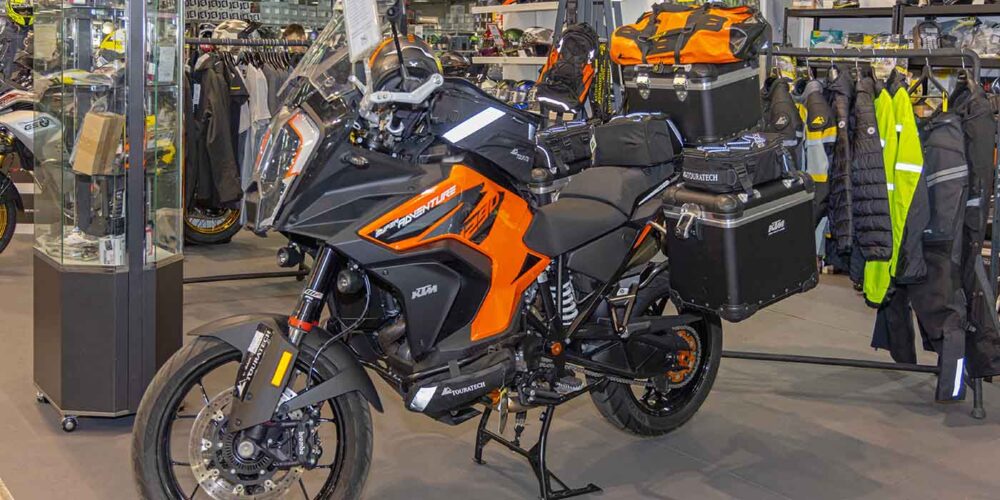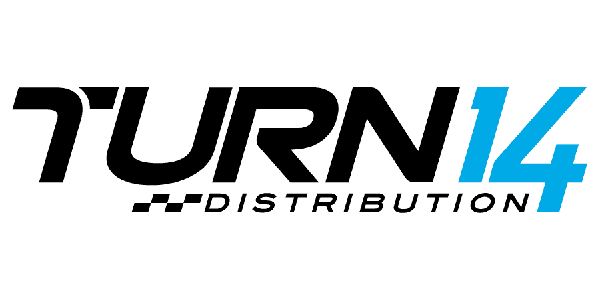A few years back while I was traveling, I visited another powersports store. It was a nice place that did a fair amount of business. Talking to the owner, he told me that business was good, but he’d like to improve his gross profit per unit, especially with units that were hard to get. They didn’t discount a lot, but he felt he was missing something.
Looking at the showroom floor, there was not one unit with accessories on it. I asked him about that. He told me they used to do that, but it seemed every time they did so, the accessories had to come off to sell the unit.
With a little digging, I discovered the main problem: They were dressing up non-current units. The thinking was that with the rebates on last year’s units, the price wouldn’t be too shocking, even with the accessories mounted on it.
Related: Selling UTVs and Side-by-Sides Part 2: Trim Levels and Accessories
That was the problem. Who buys non-currents? It’s usually people looking for a deal. With a non-current unit that is loaded, the potential frugal owner can’t see the deal.
The customers who buy a current-year model want the newest, best one — the one that everyone else is lusting for. They are not concerned so much about the lowest price, but showing their friends their brand-new, current-year models is a big deal. They also often want the loaded unit with all of the toys. Also, what we may think is a high price they may just see as the price of admission. The dollar amount is not that big of a deal, even if financing is involved. Your preconceptions of a high price may not be valid.
Of course, on top of all this, the dealership owner wasn’t giving his salespeople any incentive to sell a loaded unit either. If a unit was sold with or without accessories, the commission didn’t change, so, in the mind of a salesperson, he or she is going to take the path of least resistance and sell the bare one.
Related: Tips for Selling Snow Bikes and Snowmobile Accessories
I suggested he take a current unit and load it up. It used to be that cruisers were the ones we loaded up, but now, of course, it’s adventure touring bikes that are hot. Find two of them. Load one up with every single accessory you have in stock. Don’t worry about the price. Then take another and load it up, but with fewer accessories. That way, you end up with three separate units to sell: good, better and best.
Give your sales people a taste of the gross profit, perhaps a sliding scale – 5% of the gross profit on the accessories of up to $1,000 gross profit or 10% of the gross profit over that. That’s something you’ll have to decide on. But, unless the salespeople are getting a slice, why would they bother selling units with accessories on them?
Also, don’t do this at the end of the season, because that’s when people start to look for deals. Start dressing them up as soon as the current or next-year models arrive. Two things will happen: You will sell the dressed units, and clients with last year’s models will see what their bikes would be with accessories on them.
Another small but worthwhile setup is to have a unit with a lower saddle. It’s always better to have an inseam-challenged customer to sit on one with the lower saddle than trying to describe the difference or trying to push the unit downwards to give the effect of having a lower saddle.
Accessories should be a focus for every powersports store. All you have to do is figure out what’s selling. What are your clients interested in? You should have a good selection of bits and pieces in stock. Sometimes you can take a flyer at something new, but it takes a lot of research and promotion to get your customers to look at something they haven’t seen before.
Mostly, you want to have bits that sell at least three pieces a year. As you go through more units per annum, you want to have more of those in stock. This is where you need a good parts and accessories (P&A) manager to keep up on sales projections.
And, speaking of P&A managers and staff, make sure your P&A staff don’t just say, “Oh, we don’t have any of those.” In this day and age, the response should be, “I can have that here in two days!” Or even one day, if you can.
The goal is to always make the sale. Go out and find the units to dress up — there’s lots of extra profit to be made. You just have to make it happen.














